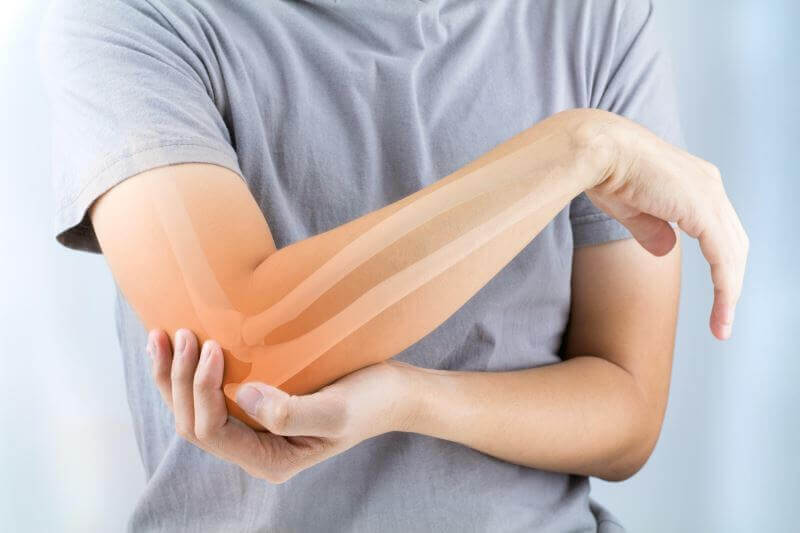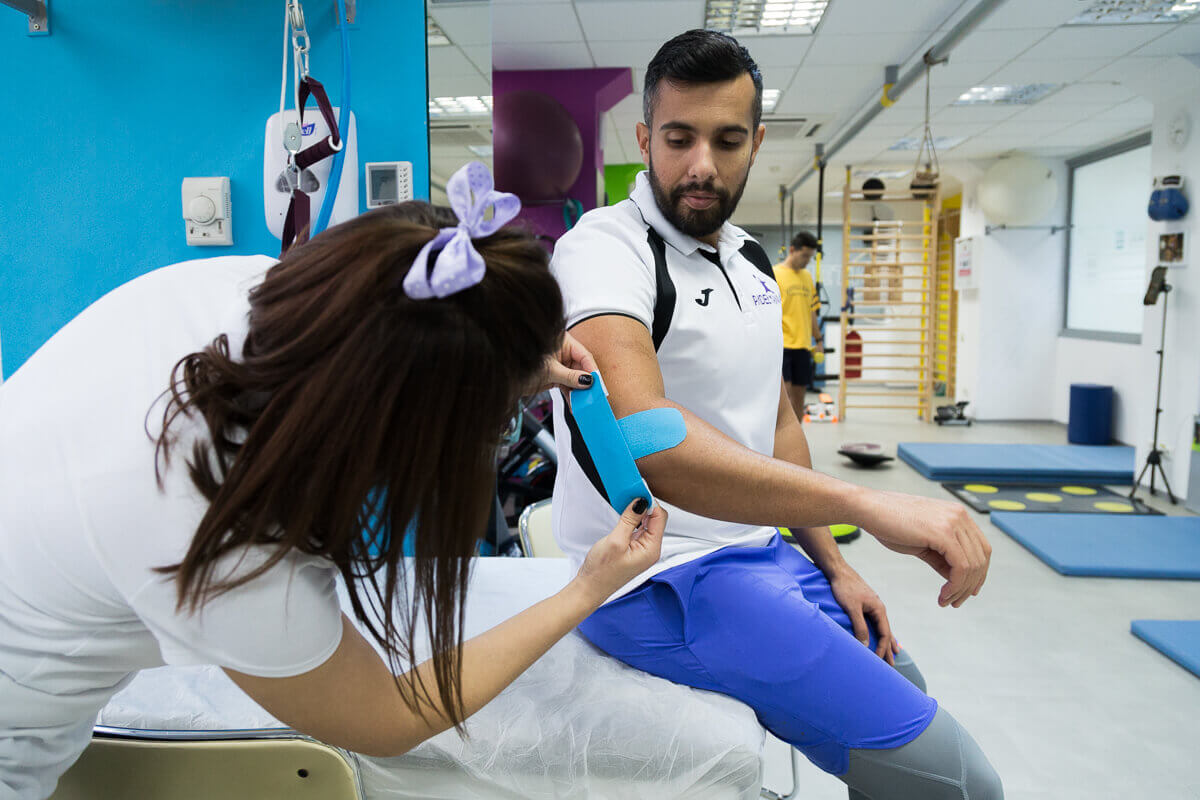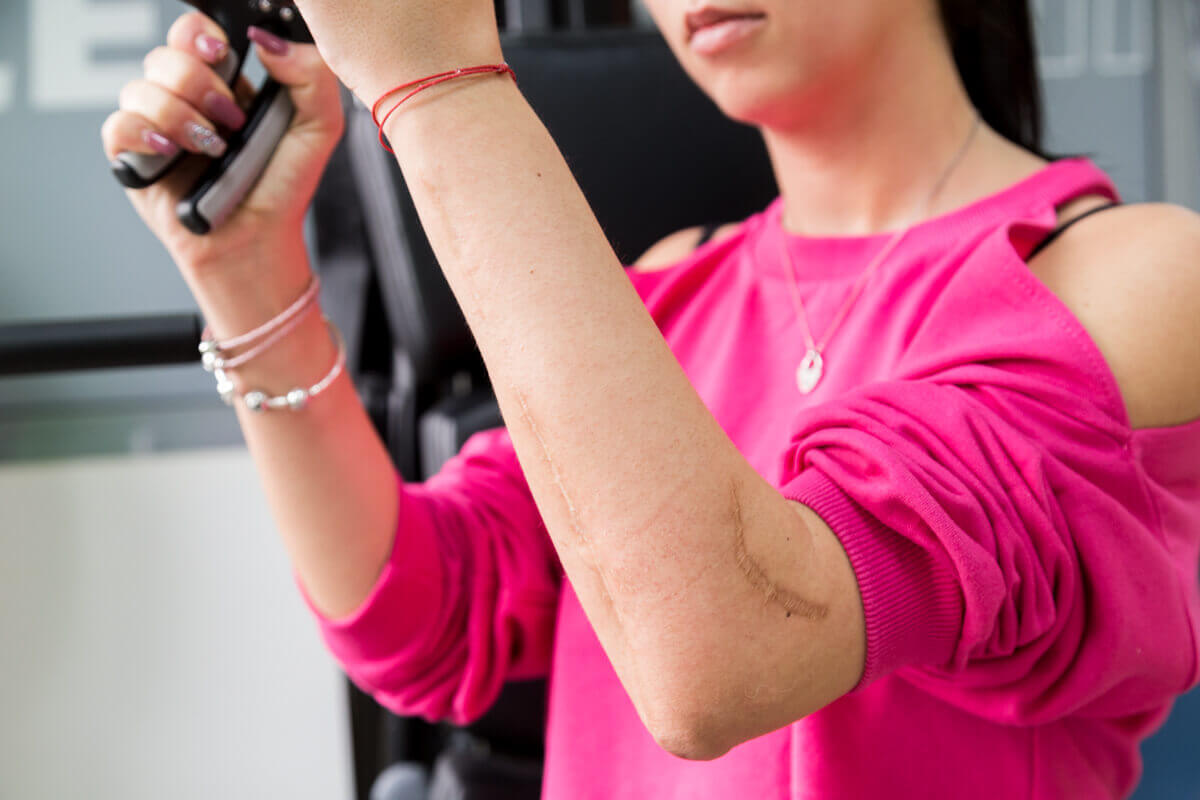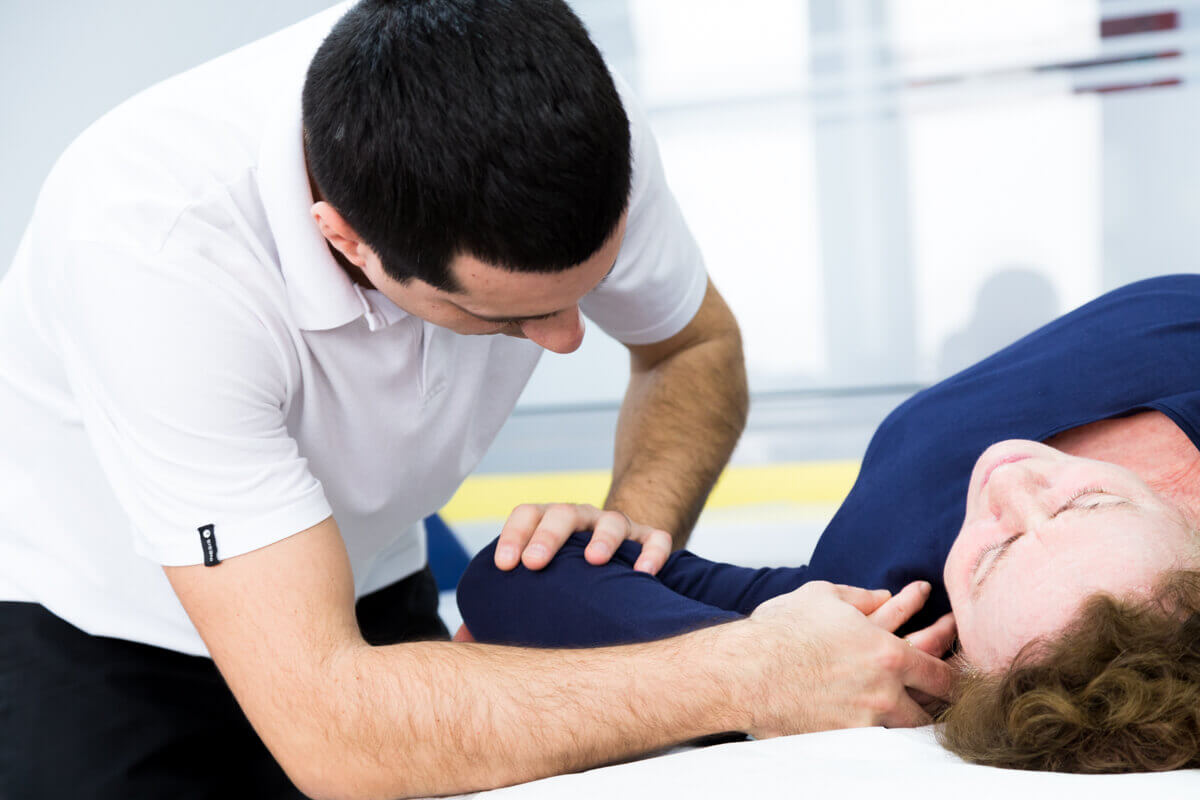See details
READ MORE
Elbow dislocation recovery protocol
Anatomical considerations: Elbow dislocations are rare. Posterior dislocations are the most common; they occur in 90% of dislocations at this level. Anterior dislocations, divergences, and subluxations of the radial head complete the remaining 10%.Causes
Posterior dislocations are by far the most common and occur by falling on the hands with the elbow extended. This type of elbow dislocation occurs through hyperextension of the elbow when the trochlea slides over the coronoid process. Anterior dislocations occur by bending the elbow. Thus, a fracture of the olecranon occurs, thus dislocating the ulna. Much rarer is a divergent dislocation, which is associated with a high energy force, in which the ulna and radius dislocate in opposite directions. Subluxations of the radial head occur in children when they are raised by the arms.Elbow dislocations are much more common among men. 90% of them are posterior and result from falling on hands with the elbow extended. Anterior dislocations occur by directly hitting the flexed elbow when the olecranon fracture occurs. Subluxations of the radial head occur when the arm is pulled (The limb is generally in pronation, flexed, and abducted).
Diagnostic
- Elbow swelling and local deformity
- The mechanism of production
- Severe pain and defensive reflex
- Movement limitation
- The posterior dislocations have a prominent olecranon
- The radiological investigation will confirm the diagnosis

Conservative vs. operative treatment
Surgical reduction is attempted in patients with unstable dislocations (dislocations that require immobilization in a splint over 45 degrees to maintain the reduction). Motor evaluation of the ulnar and median nerves is done by testing the opposability of the thumb (median nerve), and by testing the force of abduction/adduction of the fingers (ulnar nerve).The sensitivity of the median nerve is assessed by palpating the first 4 fingers on the palmar face. The sensitivity of the ulnar nerve is evaluated by testing the middle of the 4th and 5th fingers. It is very important to evaluate the patient from a vascular point of view because there is the possibility of brachial artery damage.
Postoperative recovery. NB: there is currently no special recovery program for elbow dislocations. The following recovery program was designed from numerous sources of literature. Each program must be adapted according to age, and pain tolerance. In most articles, the prognosis is excellent if the patient has a full range of elbow motion at 3 weeks.
Phase 1: Weeks 1 – 4
Objectives:
- Pain and swelling control
- Early mobilization of the elbow
- Soft tissue protection
- Minimizing muscle atrophy
- Continue evaluating neurovascular compromise
- Prone position and cold local applications
- Passive, easy movements of the elbow for complete extension
- Muscle and cardiovascular conditioning exercises
- Strengthening exercises

Phase 2: Weeks 5 - 8
Objectives:
- Check for any residual signs of swelling or pain
- Full range of elbow movement
- Minimizing muscle atrophy
- Active elbow joint movement exercises, isometric exercises, progressing to resistance exercises using dumbbells or manual resistance
- Incorporate exercises specific to the sport practiced
- Elbow joint mobilization, soft tissue mobilization, or passive stretching
- Continue to evaluate for possible neurovascular disorders
- Nerve mobility exercises, if indicated
- Modify/progress the cardiovascular and muscular conditioning program

Phase 3: Weeks 9 - 16
Objectives:
- Complete mobility of the elbow and recovery of muscle strength
- Returning to the activities practiced before the traumatic episode
- The indications from phase II are maintained
- The progression of the cardiovascular and muscular conditioning program continues
- Exercises specific to the sport practiced begin
SUCCESSFUL RECOVERY STORIES

MAKE AN APPOINTMENT
CONTACT US
MAKE AN APPOINTMENT
FOR AN EXAMINATION
See here how you can make an appointment and the location of our clinics.
MAKE AN APPOINTMENT




































































































































